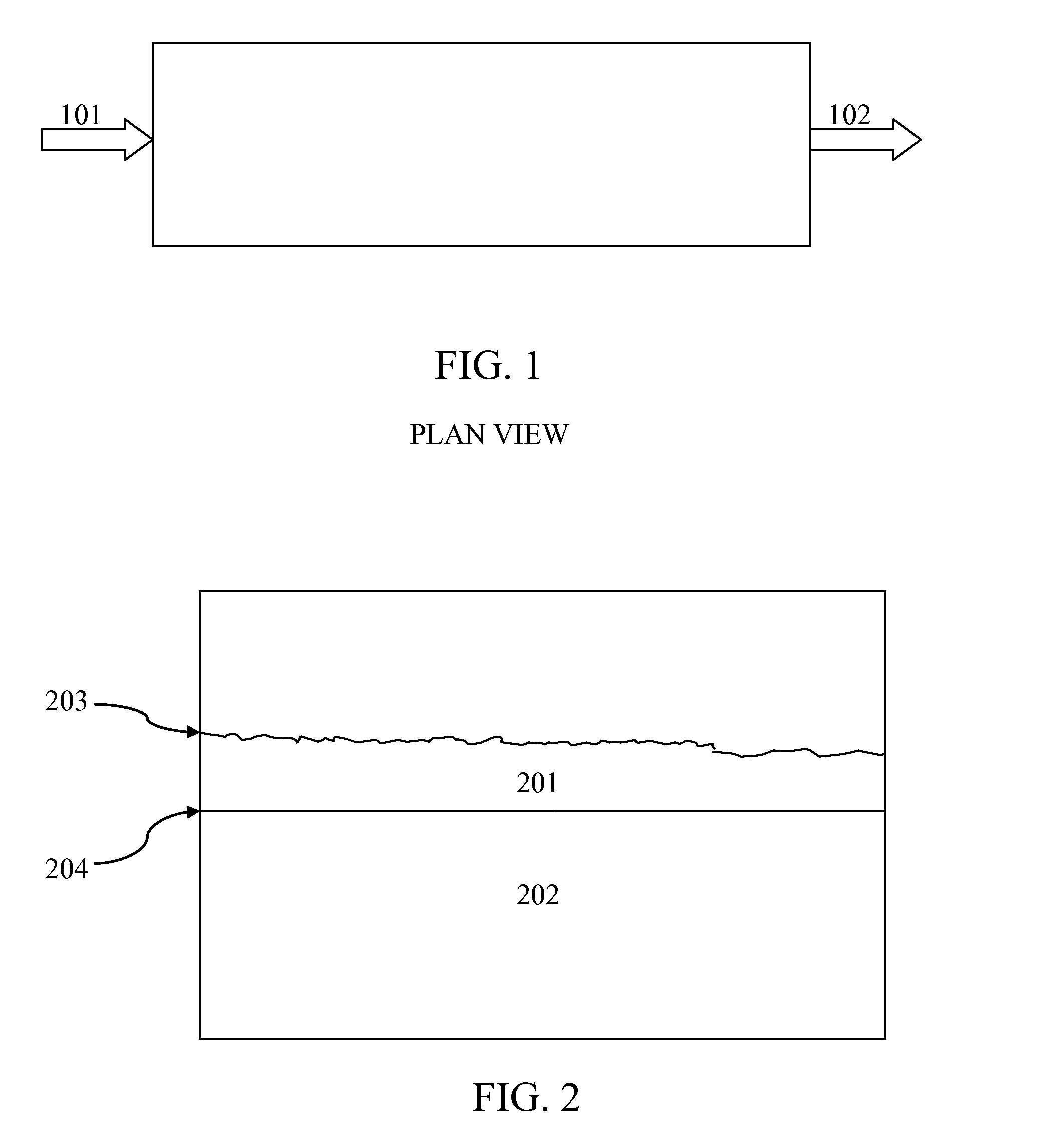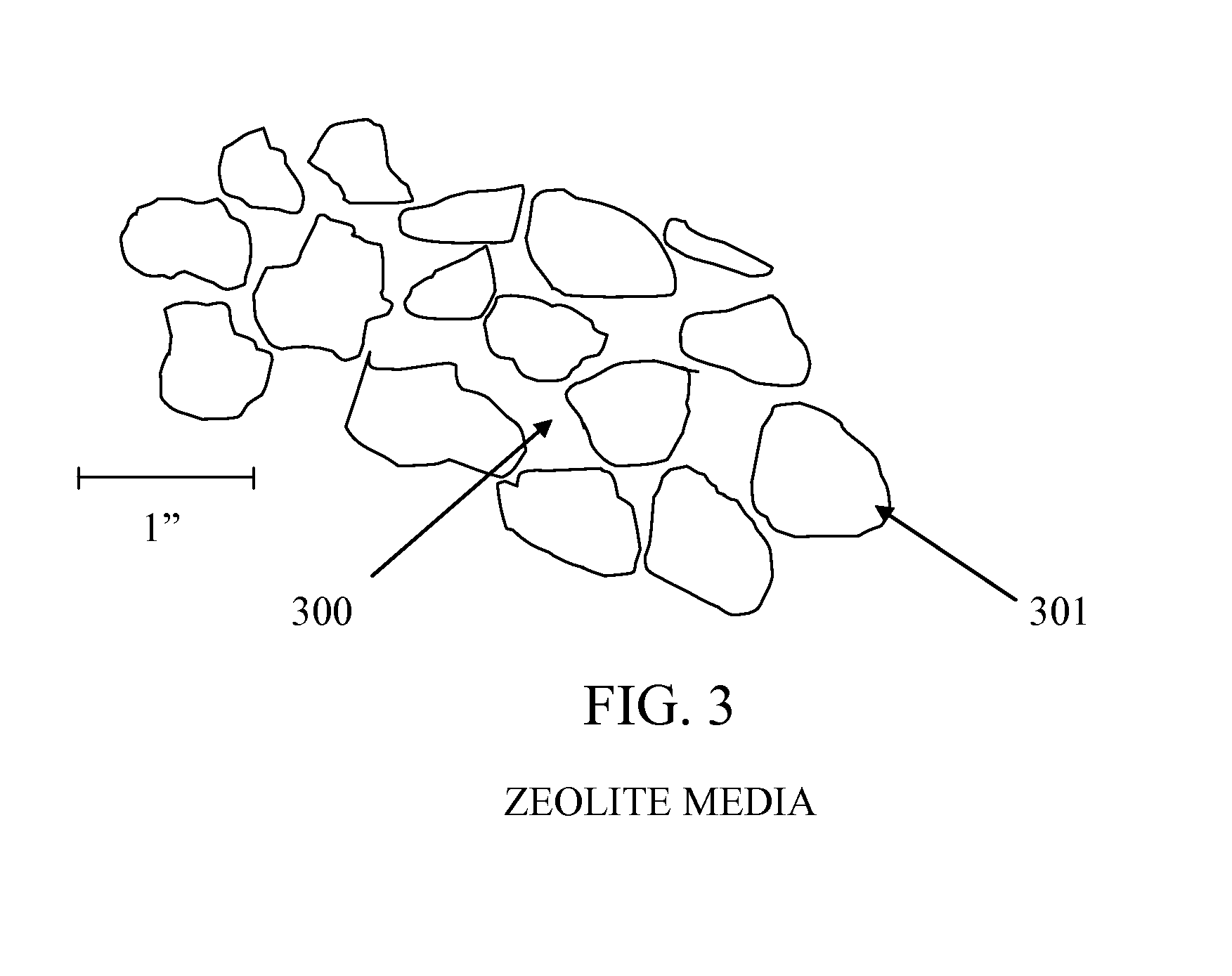Self-Regenerating Zeolite Reactor for Sustainable Ammonium Removal
a zeolite reactor and ammonium technology, applied in the direction of sustainable biological treatment, biological water/sewage treatment, ion exchangers, etc., can solve the problems of zeolite being exhausted and requiring significant energy, and achieve low maintenance requirements, low infrastructure costs, and low energy consumption
- Summary
- Abstract
- Description
- Claims
- Application Information
AI Technical Summary
Benefits of technology
Problems solved by technology
Method used
Image
Examples
Embodiment Construction
[0040]This invention provides in one instance a system for biologically regenerating zeolite in-situ such that the process is continuous and sustainable, and may run indefinitely without the need for artificial regeneration. The zeolite has two main functions—firstly it immobilizes ammonium ions by cation exchange therefore providing a food source for ammonia-eating bacteria; secondly the ability of zeolite to “wick up” water provides sufficient aeration to oxidize the ammonia optimally, with or without additional or artificial aeration.
[0041]FIG. 1 is a plan view of the system showing a flat bed zeolite reactor in a tank, pond, or any enclosure containing both water and zeolite. The polluted influent 101 enters at one end of the system, and the treated effluent 102 discharges from the other end. The influent percolates slowly through the zeolite media, and the zeolite traps the ammonium at the cation exchange sites. Hydraulic retention times vary according to conditions, but water ...
PUM
| Property | Measurement | Unit |
|---|---|---|
| concentrations | aaaaa | aaaaa |
| concentrations | aaaaa | aaaaa |
| energy | aaaaa | aaaaa |
Abstract
Description
Claims
Application Information
 Login to View More
Login to View More - R&D
- Intellectual Property
- Life Sciences
- Materials
- Tech Scout
- Unparalleled Data Quality
- Higher Quality Content
- 60% Fewer Hallucinations
Browse by: Latest US Patents, China's latest patents, Technical Efficacy Thesaurus, Application Domain, Technology Topic, Popular Technical Reports.
© 2025 PatSnap. All rights reserved.Legal|Privacy policy|Modern Slavery Act Transparency Statement|Sitemap|About US| Contact US: help@patsnap.com



